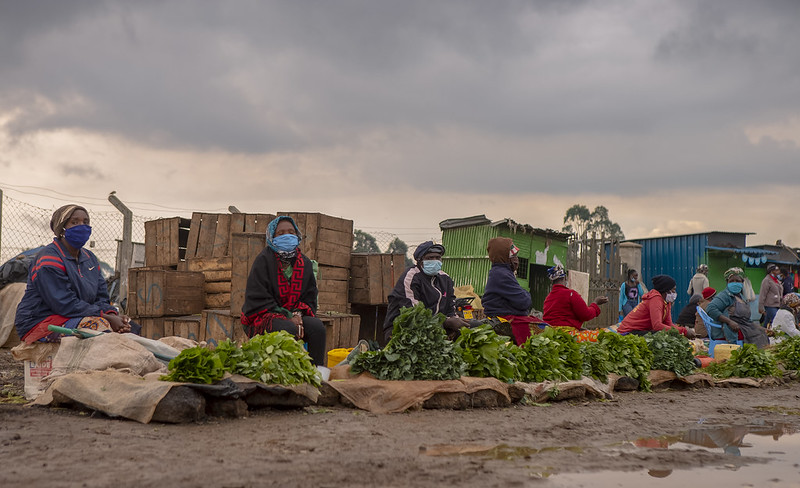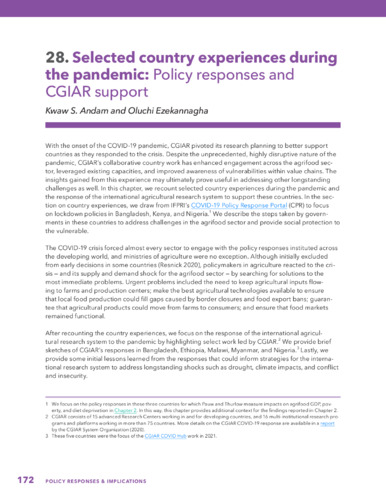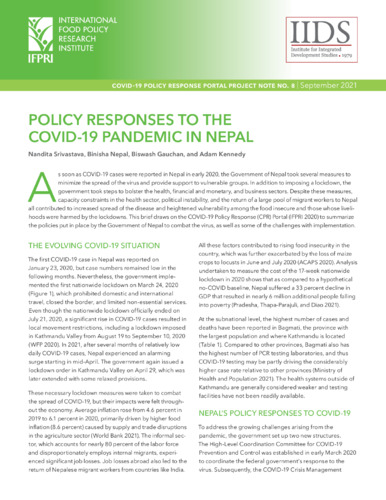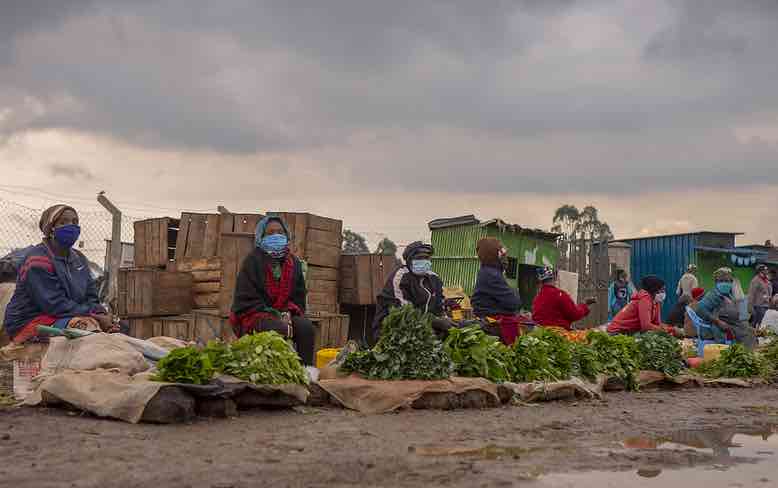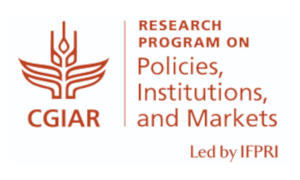The interplay between and COVID-19 outbreaks in South Asia: Longitudinal trend analysis of surveillance data
Background: COVID-19 transmission rates in South Asia initially were under control when governments implemented health policies aimed at controlling the pandemic such as quarantines, travel bans, and border-, business-, and school-closures. Governments have since relaxed public health guidelines which resulted in significant outbreaks moving the global epicenter of the COVID-19 pandemic to India. Systematic ongoing public health surveillance of the COVID-19 is needed to inform disease prevention to re-establish control of the pandemic within the region. Objective: To inform public health leaders about the state of the COVID-19 pandemic, how South Asia differs within and between countries and from other global regions and where immediate action is needed to control the outbreaks. Methods: We extracted 62 days of COVID-19 data from public health registries and calculated traditional and enhanced surveillance metrics. We use an empirical difference equation to measure the daily number of cases in South Asia as a function of the prior number of cases, the level of testing, and weekly shift variables based on a dynamic panel model that was estimated using the generalized method of moments approach by implementing the Arellano-Bond estimator in R. Results: Traditional surveillance metrics signal that South Asian countries have an alarming outbreak with India leading the region with 310,310 new daily cases using the 7-day moving average. Enhanced surveillance indicates that while Pakistan and Bangladesh still have a high daily number of new COVID-19 transmissions, 4,819 and 3,878, respectively, their speed of new infections declined from April 12-25, 2021 from 2.28 to 2.18 and 3.15 to 2.35 daily new infections per 100,000 population, respectively, signaling their outbreaks are contracting and heading in the right direction. In contrast, India’s speed of new infections per 100,000 population increased by 52% during the same time period from 14.79 to 22.49 new cases per day per 100,000 which constitutes an outbreak. Conclusions: Relaxed public health restrictions plus novel variants fueled the second wave of the COVID-19 pandemic in South Asia. Public health surveillance signals that shifts made to plus new variants correlate with a dramatic expansion in the pandemic requiring immediate action to mitigate the spread of COVID-19. Surveillance is needed to inform leaders if policies result in pandemic control.
Authors
Welch, Sarah B.; Kulasekere, Dinushi Amanda; Prasad, Vara; Moss, Charles B.; Murphy, Robert L.; Achenbach, Chad J.; Ison, Michael G.; Resnick, Danielle; Singh, Lauren; White, Janine; Issa, Tariq Z.; Culler, Kasen; Faber, Joshua Marco Mitchell; Boctor, Michael J.; Mason, Maryann; Oehmke, James Francis; Post, Lori Ann
Citation
Welch, Sarah B.; Kulasekere, Dinushi Amanda; Prasad, Vara; Moss, Charles B.; Murphy, Robert Leo; Achenbach, Chad J.; Ison, Michael G.; Resnick, Danielle; Singh, Lauren; White, Janine; Issa, Tariq Z.; Culler, Kasen; Faber, Joshua Marco Mitchell; Boctor, Michael J.; Mason, Maryann; Oehmke, James Francis; and Post, Lori Ann. 2021. The interplay between and COVID-19 outbreaks in South Asia: Longitudinal trend analysis of surveillance data. JMIR Public Health and Surveillance 7(6): e24251. https://doi.org/10.2196/24251
Keywords
Southern Asia; Asia; Data; Policies; Covid-19; Health; Health Surveillance; Health Policies; Surveillance Systems; Public Health
Access/Licence
Open Access
Project
Policies, Institutions, and Markets
Record type
Journal Article




